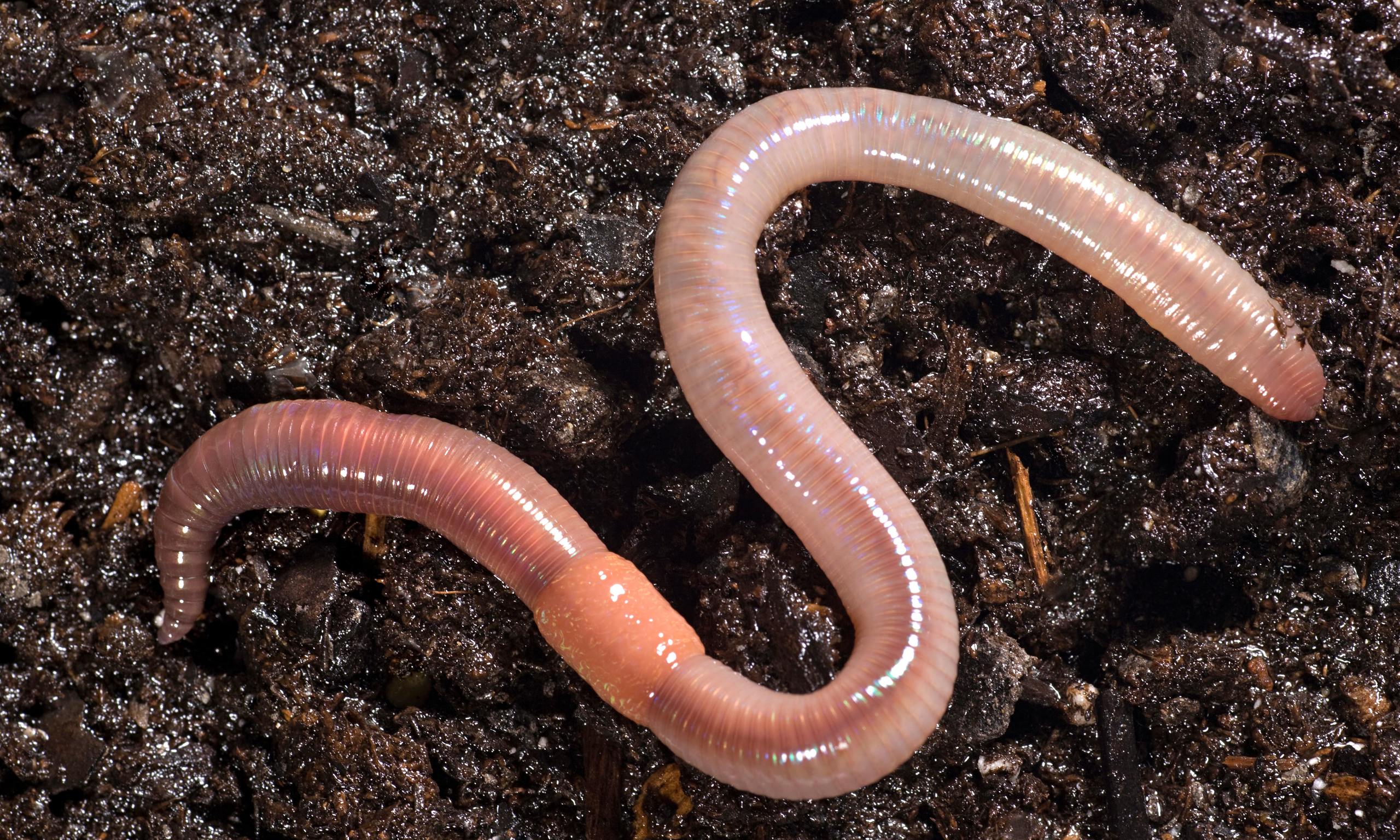What Does North Carolina Worms Do?
What Does North Carolina Worms Do?
Blog Article
Little Known Questions About North Carolina Worms.
Table of ContentsThe North Carolina Worms PDFs9 Simple Techniques For North Carolina WormsOur North Carolina Worms PDFsThe 9-Second Trick For North Carolina Worms
Example: 1-gallon of worm spreadings to 4 gallons of potting mix. Do NOT use a potting mix that has chemical plant foods in it. Read the labelit will certainly say. 1/2 cup in the base of the growing hole for smaller sized plants. 1 cup for larger plants. ie. tomatoes, environment-friendly peppers, summer season squash, and so forth.
The enhancement of tea can likewise add raised microbial biomass to your dirt. You can constantly side-dress your plants with worm castings at any moment. Simply keep in mind, the bacteria will pass away if exposed to UV rays (Sunlight), so be sure to cover the castings with an inch or so of dirt.
This frustrated them for years till the testing methods became better. It would certainly get much better(with more spreadings), degree off, and then decrease. As well several worm castings would increase the development to a pace that the plant might not recoup from.
Facts About North Carolina Worms Uncovered
I have clarified the merits of worm spreadings for concerning 2000 words. Worm spreadings are no various. It takes time to develop top quality worm spreadings.
Worm spreadings absolutely cost even more than chemical plant foods. Worm castings are on the less expensive end of natural plant foods. (50 gallons per year) It is a much tougher and really costly financial investment to generate huge quantities of worm castings.

Producing a healthy dirt may be the best benefit of worm spreadings. We talked about worm castings NPK and additionally the proper nutrient evaluation that should apply to worm spreadings.
What Does North Carolina Worms Mean?
We spoke regarding some of the downsides linked with worm spreadings. I covered a lot of material in this short article.
The vertical burrows are commonly open, although the worms cap the leading with deposit and excrement. The vertical burrows are really important points of entry for fast water seepage right into the dirt, specifically in no-till systems. Air-filled porosity is crucial in helping plant roots to thrive. Origins need oxygen for their growth, whereas they produce co2 that requires to leave the dirt.
Earthworms boost porosity by two systems: (1) by producing permanent burrows, and (2) by enhancing dirt aggregation. Aggregation is improved by the blending of dirt and raw material in the earthworms' intestines. Where to buy worms in NC. These very secure accumulations are deposited by some earthworms in their burrows, and by others at the surface area of the dirt


In another research, earthworms were approximated to consume 4 to 10 percent of the top 6 inches of the soil every year. This only mosts likely to reveal the enormous amounts of soil that can be refined by earthworms. Dirt compaction reduces the porosity of the soil. Because earthworms boost porosity, they minimize the effects of compaction.
The 8-Minute Rule for North Carolina Worms
Regular earthworm populaces can easily eat 2 bunches of completely dry matter per acre per year, partly absorbing and mixing it with soil. The value of earthworms to mix surface deposit with dirt ends up being extremely clear in soils that do not have any earthworms. The majority of our Pennsylvania soils have at least some earthworms, and the effect of their complete lack, as a result, can not be noted.
(https://sandbox.zenodo.org/records/158106)In these dirts, the development of topsoil with sensible raw material material did not occur, leading to poor crop growth. Once the cause was established, the federal government of the Netherlands started a project to present earthworms. After the intro of the earthworms, a dark topsoil layer was formed, and crop development increased substantially.
They live mainly from partially broken down raw material that is currently integrated in the soil. They eat their way with the dirt, producing horizontal burrows that they full of their excrement. These species ingest big amounts of dirt that they combine with digested plant deposit in their intestines. or anecic types reside in permanent upright burrows that can be 5 or 6 feet deep.
Their burrows remain open, although they cover the top with crop deposit that they pull to the entrance. These varieties ingest substantial quantities of dirt that they mix with absorbed residue in their intestines. Their waste matter is mostly deposited at the surface area of the soil. The nightcrawler Lumbricus terrestris is one of the most noticeable participant of this group.
Report this page